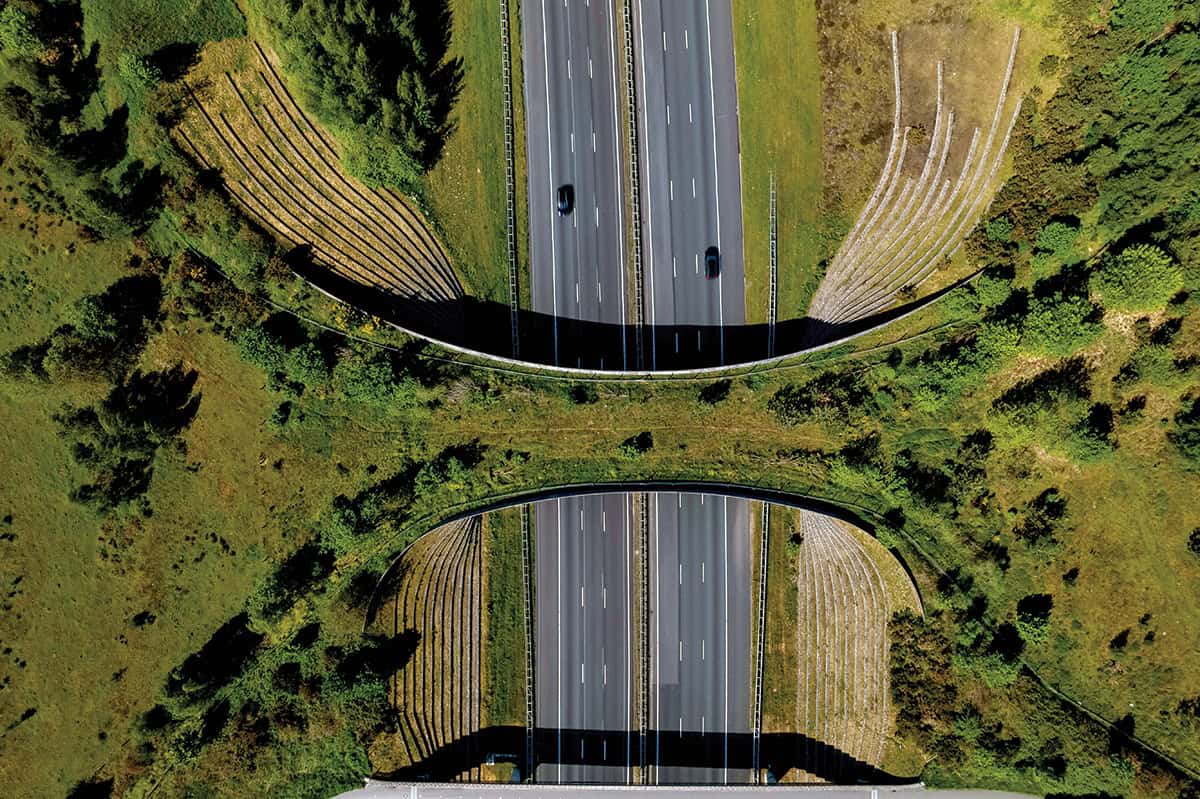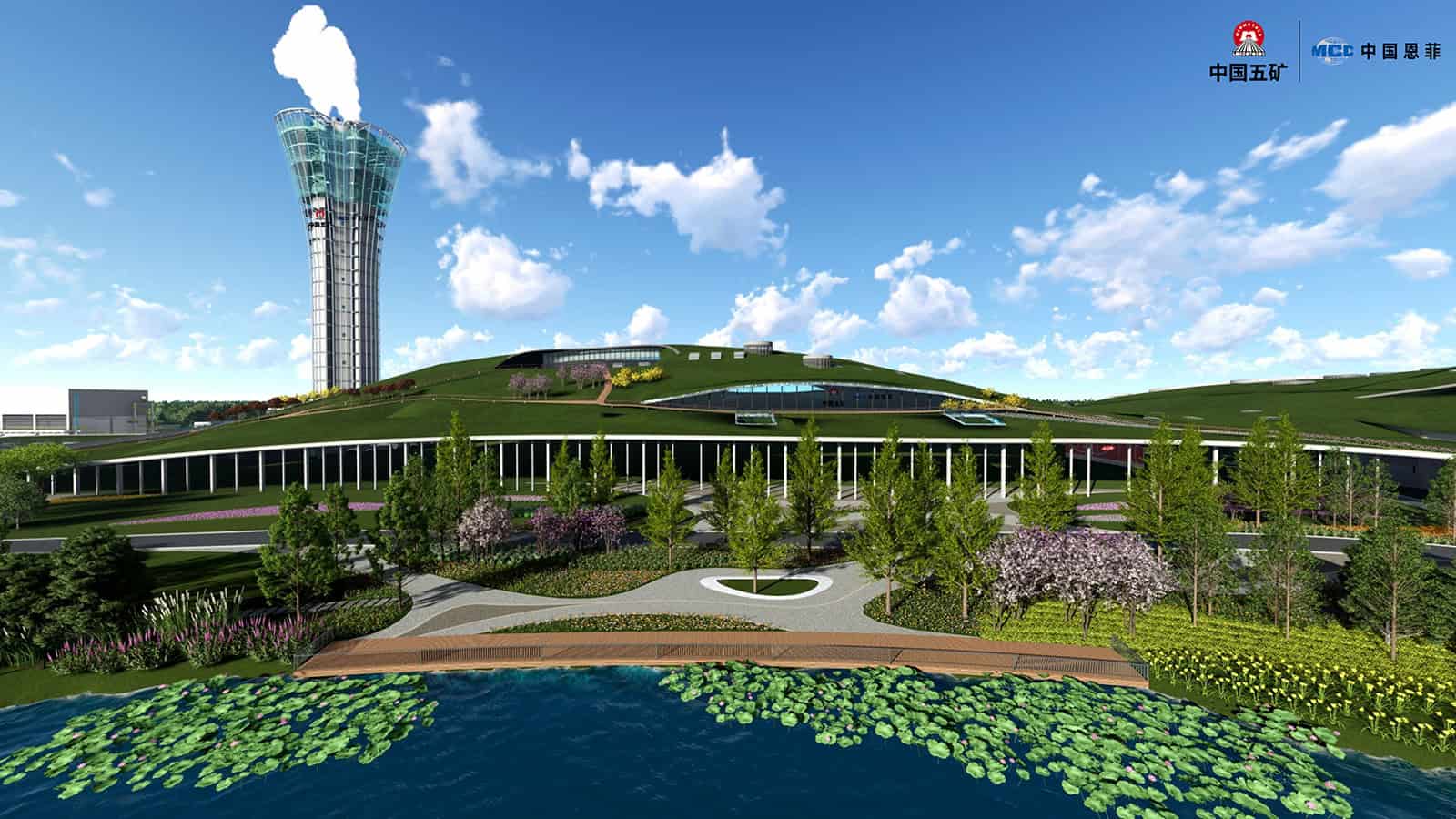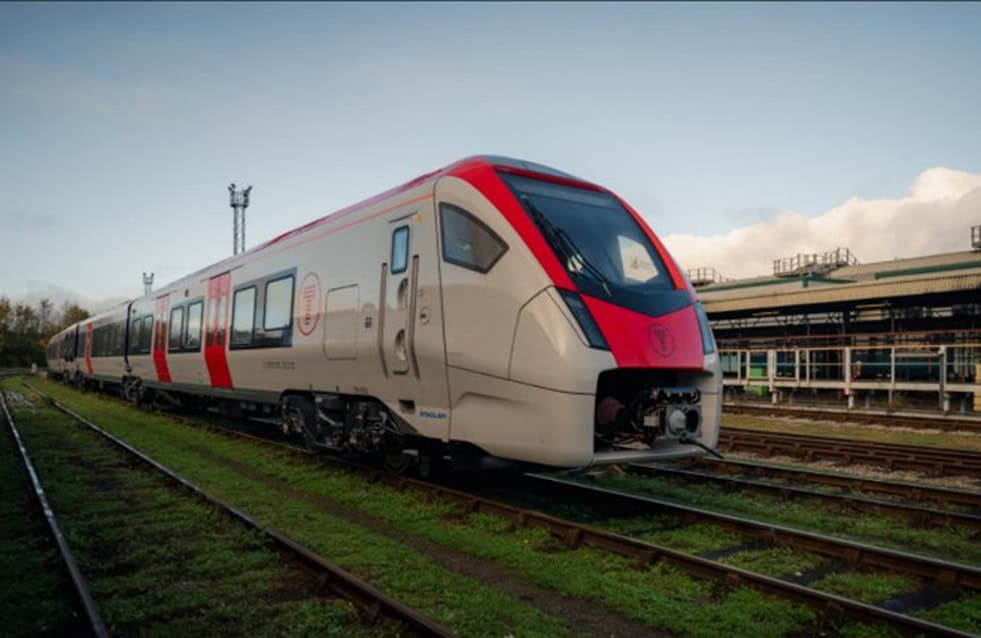Have you ever stopped to think about how much you rely on roads to stay connected to people and places, and how crucial they are for the success of our economy? Or how we expect roads to handle heavy traffic, severe weather, and natural disasters while remaining reliable and operational? Honestly, before I joined Bentley a few years ago, I rarely considered these things. But now, as an industry marketing manager, I see roads and highways from a completely different perspective, and I truly appreciate and understand just how valuable they are to our communities. Plus, why making them more sustainable and resilient is so important.
In fact, every time I dodge or hit a pothole, sit in a traffic jam (patiently or not), or navigate a flooded street after a torrential downpour, I think about the infrastructure professionals like you who design, build, and maintain our roadways. Even though I’m not an engineer by trade and I didn’t inherit my dad’s knack for building and fixing things, I still know that your job is not easy.
With most of the infrastructure needed for 2030 already in place, the urgency to modernize, maintain, and optimize the roads we do have—while building for the future—has never been greater. But with workforce shortages, skill gaps, and a disconnected project delivery process, it’s getting harder to keep up with these current and future demands.
Reimagining road project delivery
In my mind, the transportation project delivery process is a lot like a domino effect where each phase impacts the next. Planning affects design. Design guides construction, and construction influences how well the road will perform in the long run. However, in reality, these phases are often thought of and approached separately, leading to siloed data and inefficient workflows, which cause less-than-optimal project outcomes.
At Bentley, we think about project delivery differently, like a never-ending continuous loop. That’s why we’ve developed open, interoperable products and technologies that connect people and data throughout every phase of the infrastructure lifecycle. This technology lays the foundation for a more collaborative, productive, and efficient way of working, otherwise known as digital delivery.
With digital delivery, you can augment your paper-based processes with more model-based ones. Doing so allows for the creation of a connected data environment where project information can easily be accessed, shared, and managed. Every stakeholder—engineers, designers, construction contractors, government agencies, and so many others—can access the right data at the right time to make better-informed decisions. Plus, with Bentley’s open standards, open-source technology, and open APIs, you can easily reuse your existing data to create digital twins and leverage AI, getting you ready for the future of transportation engineering
Let’s take a closer look at how infrastructure professionals around the world have put this new way of working into action to successfully deliver road projects.
Increasing efficiencies with streamlined digital workflows
Manila, the bustling capital of the Philippines, is one of the most densely populated cities in the world, with over 13 million people living in an area of less than 620 square kilometers, it’s no wonder traffic was so bad. According to Tomtom, a Dutch company that tracks traffic data, people in Metro Manila spent 117 hours—almost five days—stuck in traffic every year, with rush hour speeds dropping to a crawl at just 19 kilometers per hour. To help ease the congestion and traffic jams, the country’s Department of Public Works and Highways (DPHW) sought to connect existing road networks with the NLEX-SLEX Connector Road Project, an eight-kilometer, all elevated high-speed expressway.
To make sure the new road met the area’s needs, DPWH turned to digital twin technology to create a virtual model of the project, along with other Bentley design and construction applications including OpenRoads and SYNCHRO, to support them at every stage of the project. Switching to a digital workflow and being able to visualize both the finished project and the construction process really improved development at every stage. As a result, according to David Galang, division chief, project implementation supervision division at DPWH, “DPWH was able to experience promising benefits such as streamlined workflows from site survey to finished models, reduced on-site errors, impressive project visualizations, better project documentation, and overall revolutionized engineering work for infrastructure projects.” And if that wasn’t enough, they estimated the process increased project productivity by 15% and improved equipment logistics by 40%.
Still not convinced of the benefits of digital delivery? Then let’s travel to Colorado in the United States and explore how the Colorado Department of Transportation (CDOT) put digital delivery to work to address severe bottlenecks along a major Interstate.
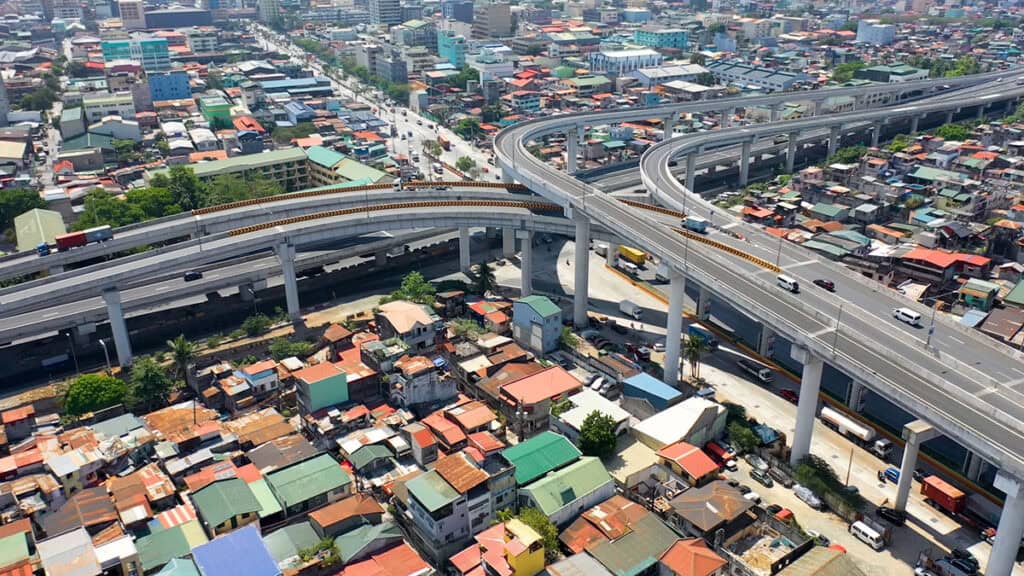
Saving time and money with digitalization
Colorado’s Interstate 70 (I-70) mountain corridor leads to some of the state’s most popular recreational destinations and serves as a main throughway for long-haul trucks transporting goods. To make the congested and tricky highway safer and easier to navigate, CDOT decided to upgrade an eight-mile stretch. AtkinsRéalis was the lead engineer and designer that determined optimal solutions for realigning, rebuilding, and replacing aging infrastructure amid the spectacular mountain setting.
With the help of Bentley’s collaborative 3D modeling and digital twin applications, AtkinsRéalis tackled the mountain project by creating realistic models that the entire team and stakeholders could access in real-time as the design evolved. In addition, Bentley’s solutions allowed them to communicate and visualize dozens of alternative designs, fully evaluate construction impacts and constructability, and determine the best roadway design to meet the project’s goals. When it comes to sustainability, creating a digital visual context helped reduce the project’s impact on the surrounding environment while improving wildlife connectivity, air and water quality, stream conditions, and recreational areas. Other benefits included:
- Using a connected data environment to manage 11,070 files made coordination much smoother and saved USD 750,000
- Bentley’s integrated modeling solution cut down the effort needed to develop and publish digital twins for stakeholder review by 97%
- Digitization reduced overall work hours by 50,000 and project costs by more than USD 7 million
In the future, AtkinsRéalis said they see many opportunities to apply digital twin technology beyond design and construction, leveraging data sensors and IoT devices to manage assets and monitor roadway performance.
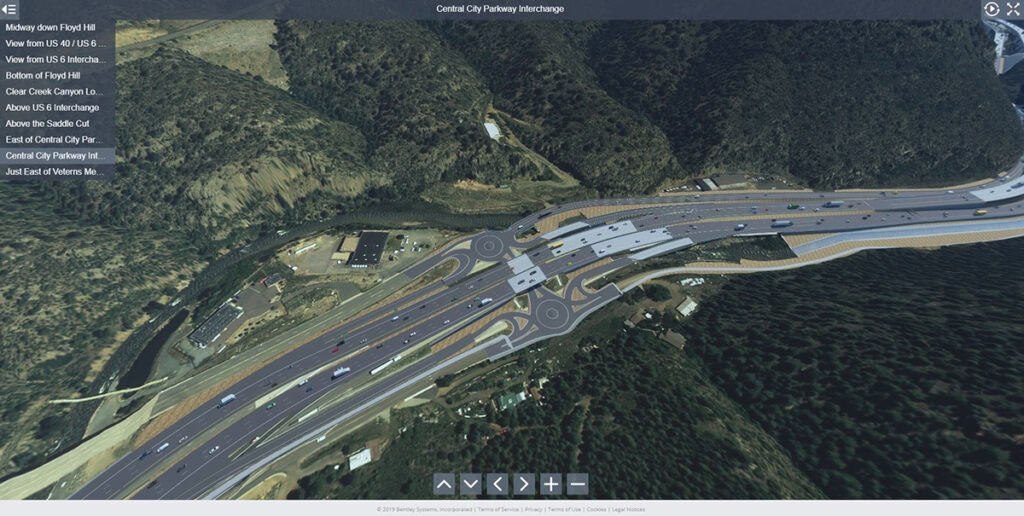
The future of our roadways is digital
As you’ve discovered, from the Philippines to North America, infrastructure professionals are already using digital delivery on their road and highway projects, and for good reason. Not only does this digital approach allow you to enhance collaboration, increase efficiency, and boost productivity, but it also enables you to deliver more sustainable and resilient projects, despite the many industry challenges you face. In my opinion, one of the best parts of digital delivery is that, when you use it, every single stakeholder involved in the project benefits. A win for everyone!
Explore Bentley’s road and highway solutions from design to construction and maintenance—above and below ground—to begin implementing digital delivery at your organization.
